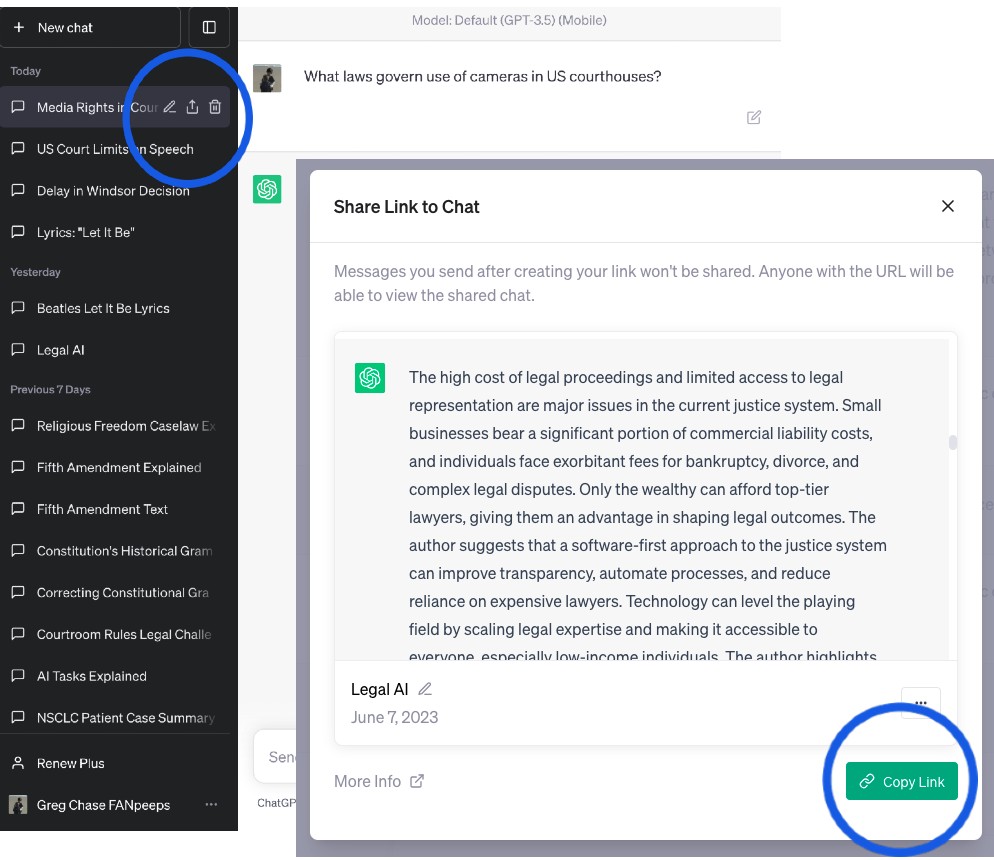Warning: Invalid argument supplied for foreach() in
/home/cerebel7/public_html/law/scrapechats.php on line
35
Warning: array_reverse() expects parameter 1 to be array, null given in
/home/cerebel7/public_html/law/scrapechats.php on line
43
Warning: Invalid argument supplied for foreach() in
/home/cerebel7/public_html/law/scrapechats.php on line
45
